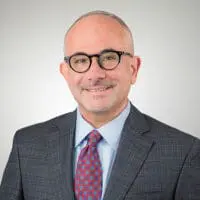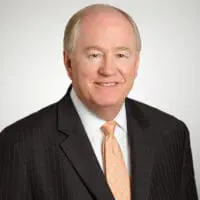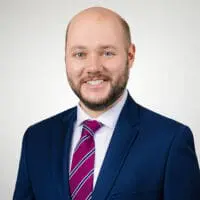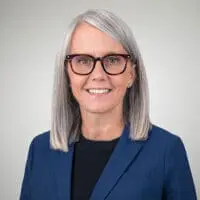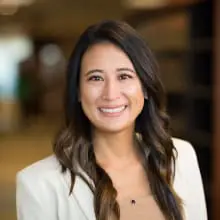Employee Benefits
Five Things to Know about the DOL’s New VFCP Self-Correction Feature Taking Effect Next Week
By Amberlee Lapointe
On January 14, 2025, the DOL’s Employee Benefits Security Administration (“EBSA”) released updates to its Voluntary Fiduciary Correction Program (“VFCP”), along with a News Release and Fact Sheet regarding the changes.
As background, VFCP, which was last updated in 2006, provides a process under which plan fiduciaries may voluntarily correct certain ERISA fiduciary violations to avoid potential DOL civil enforcement actions and, in some cases, to avoid IRS excise taxes pursuant to Prohibited Transaction Exemption 2002-51 (“PTE 2002-51”). Currently, plan fiduciaries can only use VFCP by submitting a formal application to the DOL, detailing the failure and correction.
The new update, which takes effect March 17, 2025, in part adds a self-correction component (the “SCC”) to VFCP, allowing plans to self-correct certain failures without filing a formal VFCP application. Here are five key things to know about the SCC:
1. Eligible Failures: The SCC is not available for every VFCP-eligible failure. The SCC is only available for certain: (a) delinquent participant contributions and loan repayments to pension plans, which are remitted to the plan within 180 days of withholding or receipt and involve no more than $1,000 of lost earnings; and (b) eligible inadvertent participant loan failures.
2. Notice Requirement: The SCC does not absolve plans from notifying the DOL about the failure, as self-correctors must submit an “SCC Notice” on EBSA’s website. The SCC Notice must include specific information, including the self-corrector’s contact information, information identifying the plan, and details regarding the failure. This notice requirement may come as a surprise, as it deviates from the self-correction program under the IRS’s Employee Plans Compliance Resolution System (“EPCRS”), which generally allows plans to self-correct certain failures without notifying the IRS.
3. Recordkeeping Requirement: The SCC does not absolve plans from documenting the failure and correction, as self-correctors must provide plan administrators with records related to the correction, including a penalty of perjury statement, a completed copy of the new SCC Retention Record Checklist, and supporting documents listed therein (e.g., proof of payments showing that the principal amounts and earnings were contributed to the plan).
4. DOL Acknowledgement: Following a self-correction under the SCC, self-correctors will not receive a “no action” letter from the DOL like they would following a formal VFCP submission. Instead, after submitting the required SCC Notice, self-correctors will receive an email acknowledgement from the DOL and, if the SCC requirements are met, the DOL will not initiate a civil investigation or assess civil penalties regarding the identified breach.
5. Excise Tax Relief: In addition to the VFCP update, EBSA is amending PTE 2002-51, which currently provides excise tax relief for certain failures corrected under the formal VFCP process and for which an applicant receives an “no-action” letter, to account for certain failures corrected under SCC and for which an applicant receives an acknowledgement email discussed in #4 above. Accordingly, failures corrected under SCC may also be eligible for excise tax relief under the revised PTE 2002-51 if they otherwise meet the requirements of PTE 2002-51.

